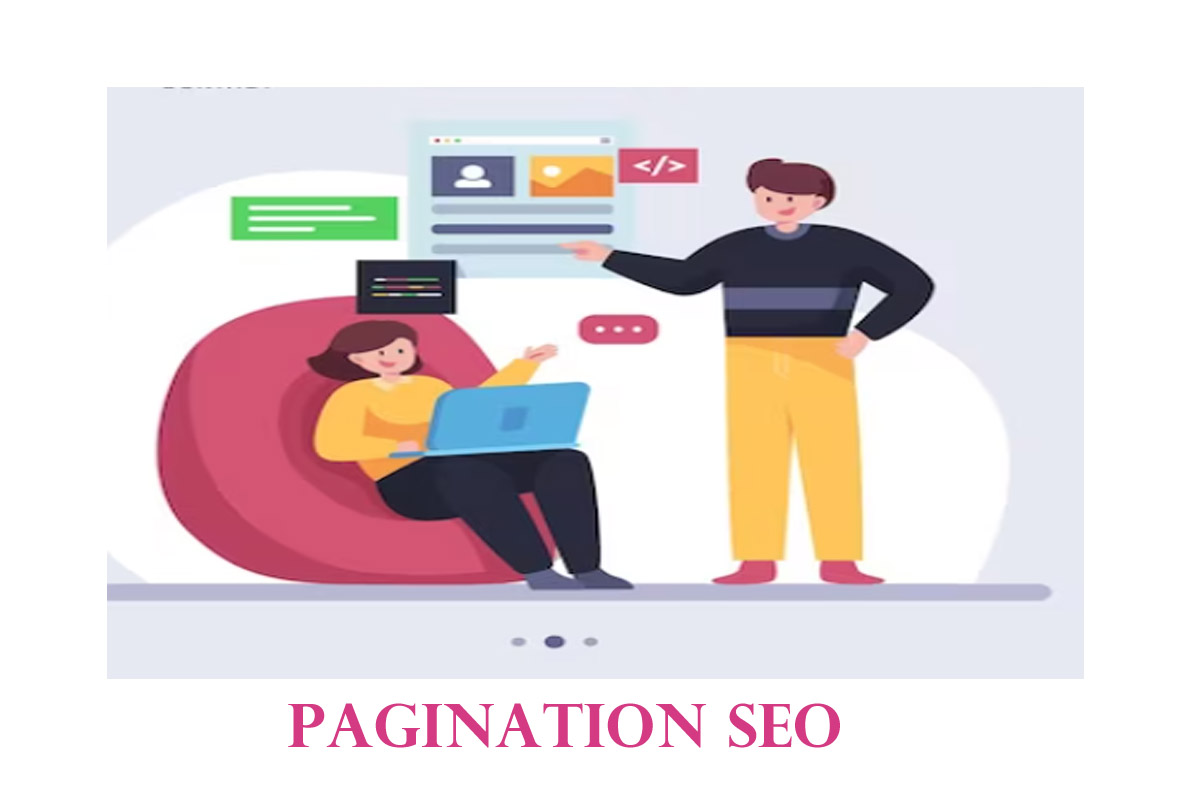Pagination SEO
Pagination is the method of dividing the content across a series of pages. It is a familiar and very old process used widely on many websites to divide articles or product categories into properly understandable formats. Now these are websites that mostly use the pagination process:
Blogs
E-commerce
News Articles.
And from when we talk about Pagination SEO, it could be good or bad. It helps users to find things on your website easily. And it also decreases the loading time since all the pages are not dumped in one place. But one of the pagination issues is that the content comes in multiple pages on search results and needs to be loaded on a single page. And also, Google has announced that it cannot use the link element that was used previously (rel=next and rel=prev).
Apart from this, it can also create a problem of duplicate content. This happens if the same content is on different URLs or pages. Leading to clarity in search engines, and your ranking can stay the same.
Some Methods Can Help You Tackle the Issue of Duplicate Content or Other Issues
Ensure that you write clear, different meta descriptions and title tags for every page. If you have similar content, try to make it into a series for better understanding for search engines and visitors. Use Pagination when your website is, and use it sparingly when you don’t need it.
Make sure that your website is mobile-friendly. It is also one of the crucial factors in user engagement and search engine rankings.
The speed of the page is another thing you need to consider while working on Pagination SEO. It provides a positive user experience. Decrease codes, compress images, and use other caching techniques to increase page speed.
Maintain high-quality content on every paginated page, ensuring it adds relevance and value to users. You need to stop keyword stuffing and use relevant keywords. Do proper keyword research.
Implement canonical tags on every paginated page. This will help you avoid duplicate content issues and merge the ranking signals. And also, make sure that you analyze and monitor the performance of paginated pages now and then and monitor the traffic, conversion rates, and more. So this will help you find any issues occurring on the website, eventually leading to ultimate success.
Pagination and Internal Linking
When you have a well-optimized website, there is no doubt that it should have a crawlable internal linking structure that will help the search engine and users to go through your website properly. It is better to have important pages away from the home page in 1-2 clicks and not more than that, and it should include paginated pages too.
When you work on your website for Pagination, you need to properly organize the entire website so the user can stay aware of it. Here is what you can do is you can go from the homepage to the category page, leading to the products/services page. This way, you can create a seamless user experience.
Internal linking can help users to navigate your website easily, and it will help you improve your link structure by linking the deeper pages of your website with different access points.
Pagination SEO
Breaking your website into topics is a great way to boost your SEO performance. But you need to map your website properly. And if the website taxonomy needs to be corrected, it can affect your SEO performance, especially with categories and subcategories. If you don’t keep the taxonomy proper, your website subcategories pages can be buried deeper, and no one will visit those pages. Eventually, you won’t get a ranking from those pages.
Conclusion
Google has recently updated the way it used to handle paginated pages. It does not fuse Pagination into one content; instead, it treats every page individually. Now it has changed how SEO experts and website owners treat a set of paginated pages. They must work and manage on paginated pages as on other individual pages

